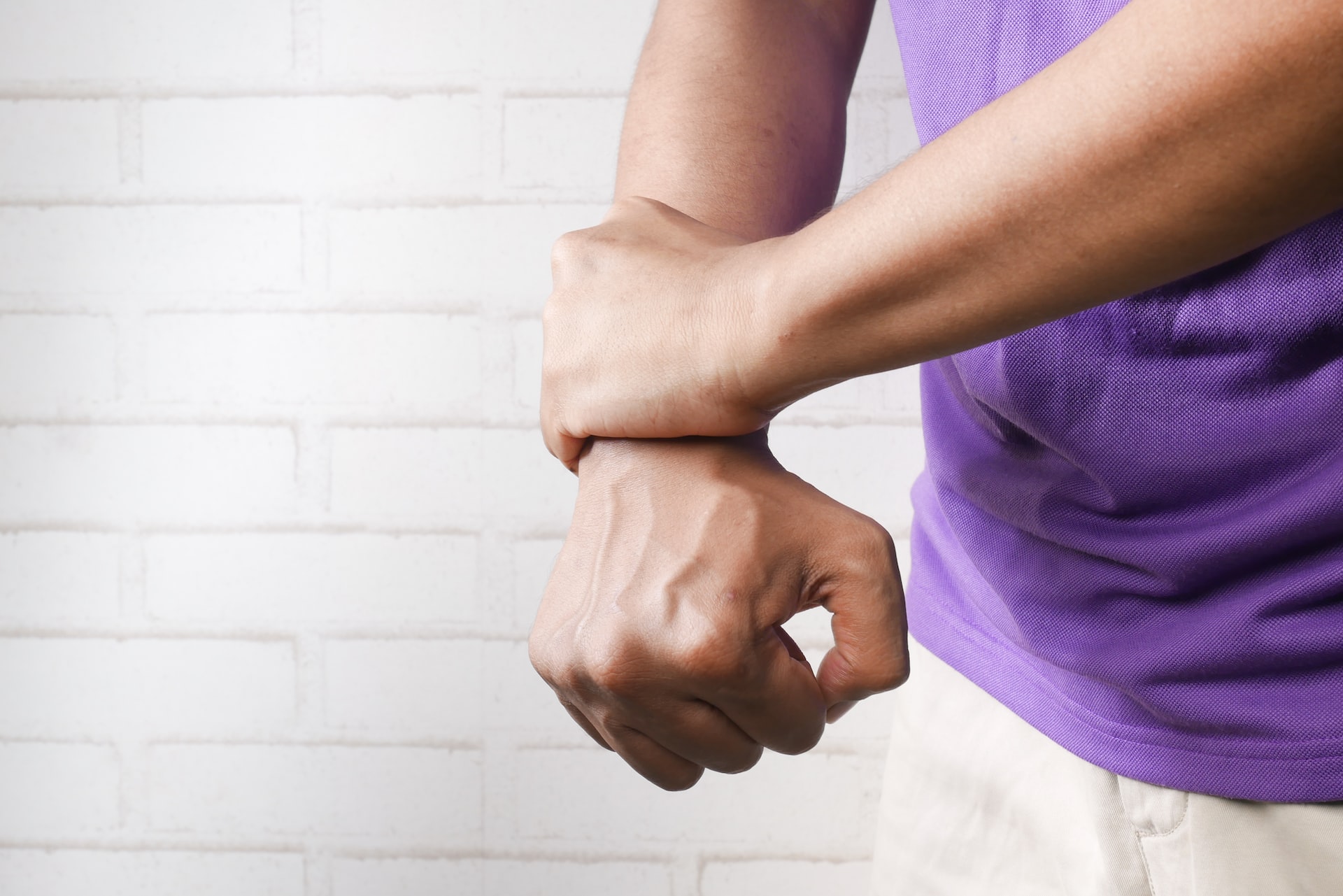If you’re like most people, you don’t think much about your joints until they start complaining. But your joints deserve attention long before they cause continuous discomfort. Keeping joints healthy is about taking smart, preventative steps throughout your life. By taking precautions early on, you can help avoid pain, inconvenience, and costly hospital visits later in life. Prevention really is the best medicine when it comes to joint pain.
Here are nine tips for safeguarding your joints — and the cartilage that supports them — as you age:
Control Your Weight
If you’re overweight or underweight, it could have damaging effects on joint health. Your joints are meant to sustain a certain amount of force, and too much weight means you’re likely putting more stress on your joints than you realize. Conversely, if you’re underweight, you may lack the muscle to keep your joints strong and stable. Try to limit sugar and processed foods and add more fresh foods, protein, and healthy fats to your diet. This will help you reach an ideal weight, which will protect joints in the long run.
Build Muscle
Exercise helps build muscle and gives the joints much-needed support. Your muscles can take some of the strain off joints, but only if they’re strong enough. In particular, strong core muscles help build good balance and limit the risk of falls or injuries that might cause joint damage. Get a set of dumbbells for the living room, or simply use your own body weight as resistance with simple exercises like squats, lunges, and burpees.
Stay Active
While focused exercise is great for muscles and joints, you should also aim for an active lifestyle in general. Get involved with activities you enjoy, such as swimming, biking, tennis, or golf. Doing a variety of sports and leisure activities helps to ensure every joint and muscle is engaged.
Remember to warm up and cool down for at least 5 minutes when exercising, as this helps protect joints from damage. This practice is especially important as you get older, and joints become less resilient to sudden strain.
Maintain Flexibility
Regular stretching is another effective way to maintain healthy joints. As the common saying goes, use it or lose it! You don’t need to be a gymnast or an expert yogi – just a few simple stretches in the morning, after exercise, and before bed will do wonders for the flexibility of your joints over time.
Decrease Inflammation
Like every tissue and organ, joints respond to the levels of inflammation in your body. You may have experienced short-term joint inflammation due to an injury, which is helpful for healing. However, inflammation is an issue that can lead to various diseases when it becomes chronic. Reducing sugar intake, eliminating inflammatory foods, and getting better sleep are effective ways to control inflammation levels in the body and protect the joints.
Stay Hydrated
Water makes up about 80 percent of your body’s cartilage, which provides cushioning for your joints. If you don’t stay well hydrated, your body will pull water from cartilage and other areas, wreaking havoc on your joints. A good starting point is to replace soda and energy drinks with water to maintain healthy hydration levels.
Use Smart Supplements
Certain vitamins and supplements can help reduce inflammation in joints and keep bones and cartilage healthy. For example, curcumin, a compound found in turmeric, appears to have a strong anti-inflammatory effect. One study found that taking around 1000 milligrams of curcumin each day may help reduce symptoms of joint pain as effectively as NSAIDs.
Another anti-inflammatory supplement that could help maintain healthy joints is fish oil. Taking 1 to 3 grams of omega-3-rich fish oil each day can help reduce the intensity of joint symptoms like morning stiffness, tenderness, swelling, and discomfort.
Vitamin D works hand-in-hand with calcium to keep our bones strong. As adults, we typically need at least 600 to 800 IU of vitamin D in addition to adequate calcium intake. Spending more time outdoors can help top up vitamin D levels and will encourage you to stay active and moving.
Practice Good Posture
Poor posture changes your body’s center of gravity, placing added stress on your knees and hips. Make a point of standing tall, with your head in line with your shoulders, your shoulders directly over your hips, your hips aligned with your knees, and your knees aligned with your feet. Doing Pilates, yoga, tai chi, and core-strengthening exercises can help improve your posture, strengthen joints, and prevent injuries and falls.
Wear Good Shoes
Choose walking shoes with padded soles and appropriate arch support to support comfortable movement and provide a base for good posture. High quality, properly fitted shoes will reduce undue stress and impact on the feet and joints as you enjoy an active lifestyle.
Ultimately, remember to take it easy. Keeping active to take care of your joints should challenge you, but it shouldn’t cause pain. If you have some mild muscle soreness after you start a new exercise, that’s normal. But if it lasts more than a couple of days, or you feel joint pain after exercise, ease up on your activities to give your body more time to heal. Regular, gentle ‘stress’ on your muscles and joints – with enough rest in between – will provide the right level of challenge to keep improving, rather than degrading, your health and fitness.


